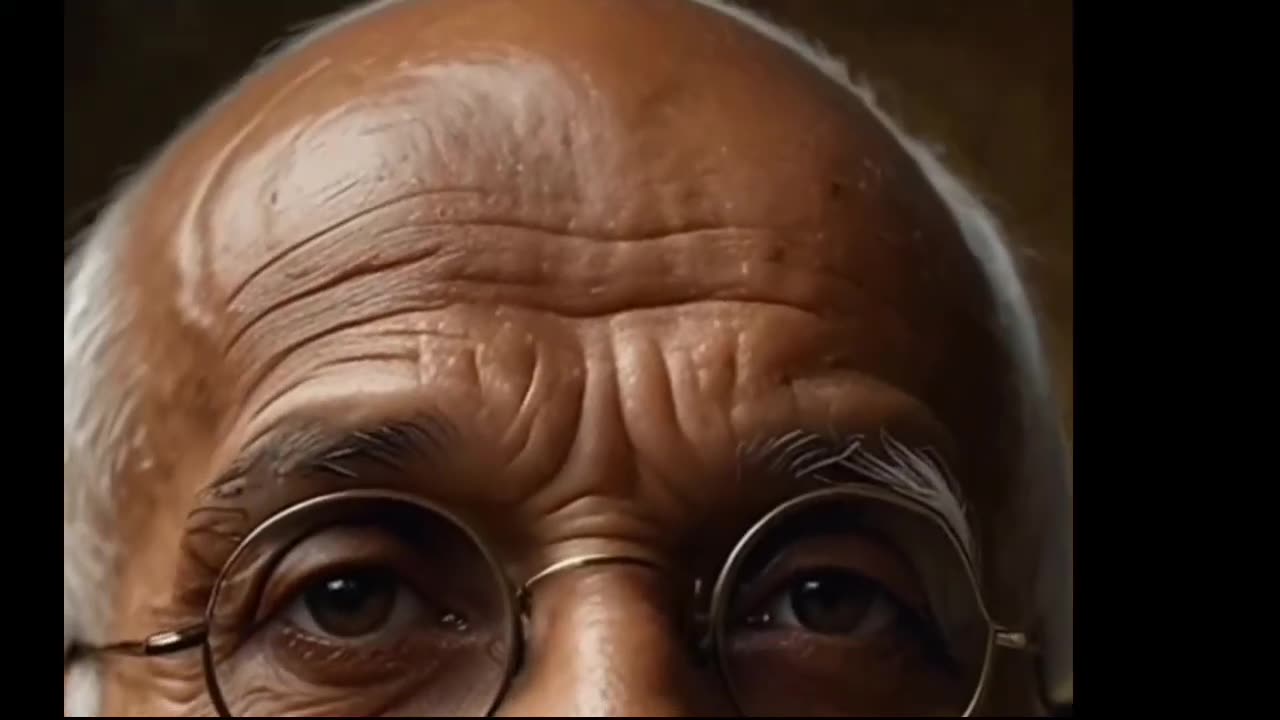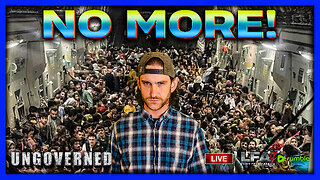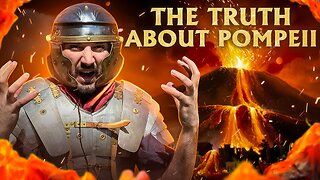Premium Only Content

MAHATMA GANDHI
*Mahatma Gandhi – Biography
Introduction
Mohandas Karamchand Gandhi, affectionately known as *Mahatma* (“Great Soul”), was an Indian lawyer, anti‑colonial nationalist, and political ethicist who became the most prominent leader of India’s struggle for independence from British rule. His philosophy of non‑violent resistance, _Satyagraha_, inspired civil‑rights movements worldwide.
Early Life (1869‑1888)
Gandhi was born on *2 October 1869* in *Porbandar, Gujarat*, a coastal town in the then‑British Indian province of Kathiawar. His father, *Karamchand Gandhi*, was the _diwan_ (chief minister) of Porbandar, and his mother, *Putlibai*, a devout Hindu, deeply influenced his moral upbringing.
At age *13*, he married *Kasturba Makhanji* in an arranged marriage. The young couple later had four sons: Harilal, Manilal, Ramdas, and Devdas.
In 1888, at 18, Gandhi left for *London* to study law at *University College London*. He was admitted to the Inner Temple and was called to the Bar in 1891. His exposure to Western philosophy, Christian texts, and the works of *Leo Tolstoy*, *Henry David Thoreau*, and *John Ruskin*, sowed seeds for his later ideas on civil disobedience.
South Africa (1893‑1915) – Birth of Satyagraha
In 1893, Gandhi traveled to *Natal, South Africa*, to work for an Indian merchant. Witnessing racial discrimination against Indians, he resolved to fight injustice. He formed the *Natal Indian Congress* (1894) and organized the first *Satyagraha* (non‑violent protest) in 1906 against the Transvaal Asiatic Registration Act.
His methods combined:
- *Ahimsa* – non‑violence
- *Satyagraha* – truth‑force or soul‑force
- *Civil disobedience* – peaceful breaking of unjust laws
During the *Zulu War (1906)* and *World War I (1914‑1918)*, Gandhi supported the British, hoping for goodwill, but he soon realized that moral persuasion alone would not end colonial rule.
Return to India (1915‑1920)
Gandhi returned to India in *1915* and joined the *Indian National Congress*. He traveled across the country, learning about poverty, caste oppression, and colonial exploitation. Influenced by *Rabindranath Tagore*, he began to champion *Swadeshi* (use of Indian-made goods) and *Khadi* (hand‑spun cloth) as symbols of self‑reliance.
*Champaran (1917)* – He led a protest against oppressive indigo planters in Bihar.
*Kheda (1918)* – Supported farmers in Gujarat demanding tax relief due to famine.
These early movements established his credibility as a mass leader.
Non‑Cooperation Movement (1920‑1922)
In response to the *Jallianwala Bagh massacre (1919)* and the *Rowlatt Act*, Gandhi launched the *Non‑Cooperation Movement*, urging Indians to boycott British institutions, schools, courts, and goods. Millions responded, but the movement was suspended after the *Chauri Chaura incident (1922)*, where protesters turned violent, violating Gandhi’s principle of non‑violence.
Salt March (Dandi, 1930)
The *Salt March* (12 Mar – 6 Apr 1930) was a watershed. Gandhi walked 240 mi from *Sabarmati Ashram* to *Dandi*, making salt from seawater in defiance of the British salt monopoly. The march sparked nationwide civil disobedience; thousands were arrested, including Gandhi.
World War II and Quit India Movement (1942)
During *World War II*, Gandhi demanded *“Quit India”* from Britain. He launched the *Quit India Movement (August 1942)*, calling for immediate British withdrawal. The British responded with mass arrests; Gandhi was imprisoned for two years.
Meanwhile, he advocated *“Individual Satyagraha”*, where selected volunteers protested peacefully.
Partition & Independence (1947)
Britain, weakened by the war, agreed to leave India. However, disagreements between the *Congress (Nehru, Patel)* and *Muslim League (Jinnah)* led to *Partition* of India and Pakistan (14 Aug 1947). Gandhi opposed partition vehemently, fasting for communal harmony.
On *15 August 1947*, India achieved indepen
-
 7:02
7:02
DEADBUGsays
3 hours agoThe Murder of Kathy Halle | Solved #19
101 -
 56:09
56:09
A Cigar Hustlers Podcast Every Day
5 hours agoCigar Hustlers Podcast Every Week Day "Holiday Travel, Black Friday"
5 -
 LIVE
LIVE
LFA TV
12 hours agoLIVE & BREAKING NEWS! | FRIDAY 11/28/25
6,434 watching -
 24:56
24:56
Jasmin Laine
18 hours agoOttawa Uses CHILDREN to Push Censorship—Carney Tears Up His Own Climate Agenda
24.8K38 -
 12:45
12:45
MudandMunitions
17 hours agoSupercharged Silverado Trail Boss Lifted 35s & Steelcraft Bumper
15.5K4 -
 8:25
8:25
Hollywood Exposed
14 hours agoRob Schneider DESTROYS De Niro After His Anti-Trump Meltdown
12.6K38 -
 1:43
1:43
GreenMan Studio
16 hours agoWEAK MEN W/Greenman Reports
16.5K3 -
 2:05:28
2:05:28
BEK TV
2 days agoTrent Loos in the Morning - 11/28/2025
12.7K -
 20:39
20:39
Forrest Galante
14 hours agoCatching A Giant Crab For Food With Bare Hands
133K27 -
 26:01
26:01
MetatronHistory
4 days agoThe REAL History of Pompeei
23K4